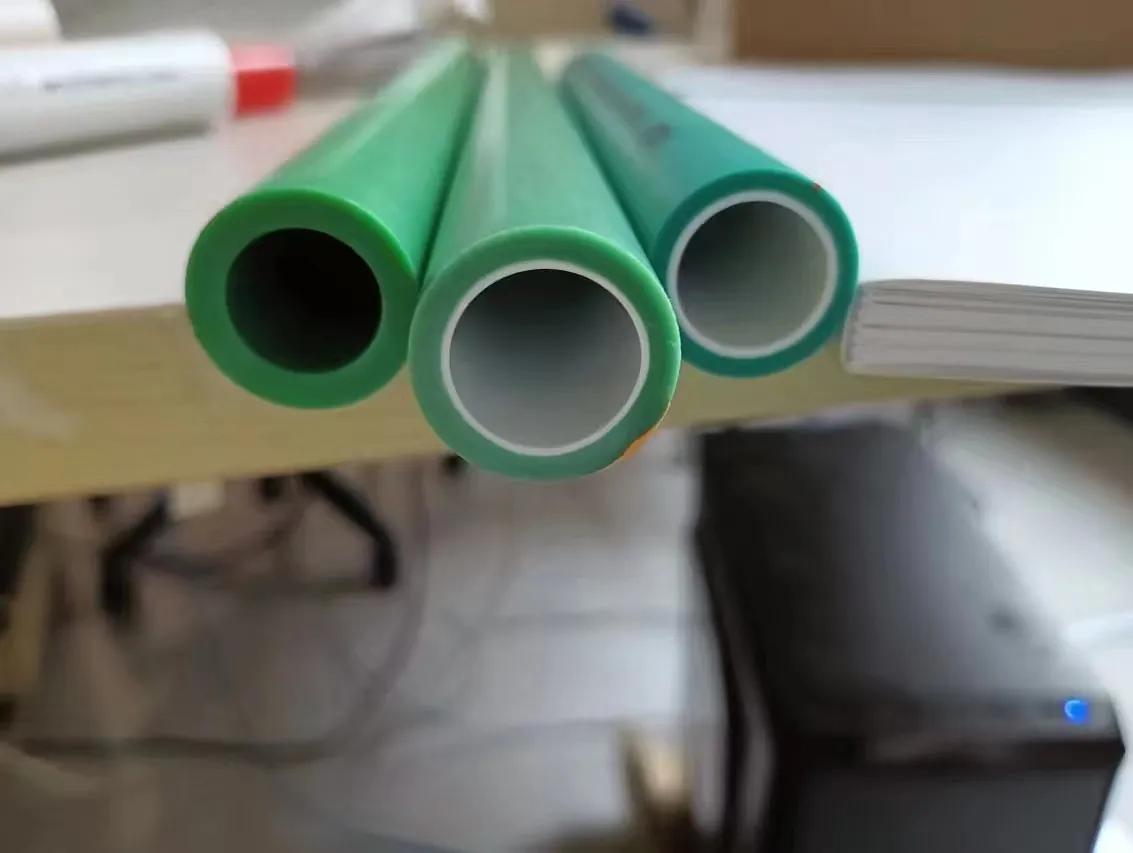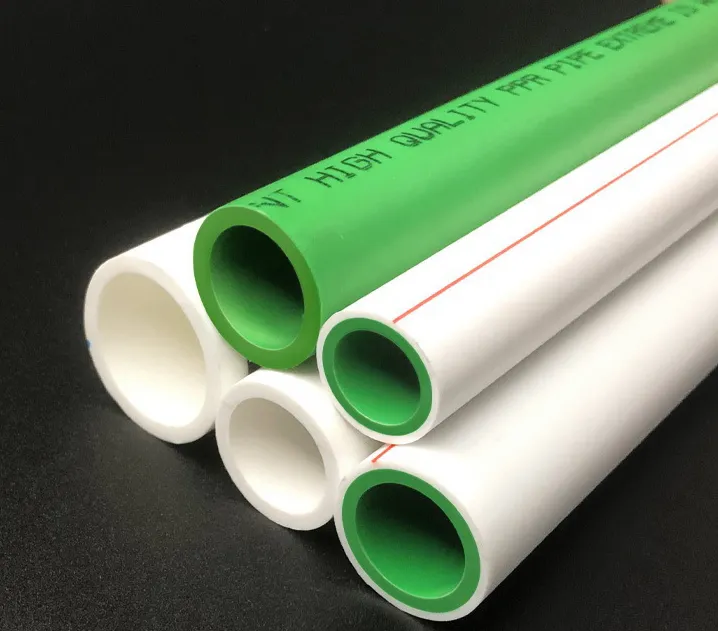Oct . 08, 2024 09:14 Back to list
Exploring the Versatility and Advantages of PPR Water Pipes
In the realm of modern plumbing systems, Polypropylene Random Copolymer (PPR) water pipes have emerged as a game-changer, revolutionizing the way we distribute and manage water in residential, commercial, and industrial settings. PPR water pipes, with their unique blend of durability, cost-effectiveness, and ease of installation, have become the preferred choice for numerous applications, particularly for hot water supply systems. In this blog, we delve deep into the world of PPR plumbing, examining its properties, benefits, applications, and the reasons behind its widespread adoption.
Understanding PPR Water Pipes
PPR, short for Polypropylene Random Copolymer, is a type of thermoplastic polymer that exhibits exceptional heat resistance and chemical stability. Unlike traditional metal pipes, PPR pipes are lightweight yet incredibly strong, making them ideal for a wide range of plumbing tasks. The manufacturing process involves blending propylene monomers in a random fashion, resulting in a material that offers superior flexibility and resistance to temperature fluctuations. This unique composition allows PPR pipes to withstand temperatures ranging from -20°C to 95°C for standard grades and even higher for specialty grades designed for hot water systems.

Key Advantages of PPR Water Pipes
- Durability and Longevity: One of the primary advantages of PPR water pipeslies in their remarkable durability. They are highly resistant to corrosion, rust, and scaling, ensuring a longer lifespan compared to metal pipes. This durability, coupled with their ability to withstand harsh water conditions, makes them a cost-effective solution in the long run.
- Heat Resistance: For PPR pipe for hot water supply, the material's high heat resistance is a game-changer. Unlike PVC, which tends to degrade at higher temperatures, PPR pipes can safely handle hot water up to 95°C without compromising their structural integrity. This feature makes them perfect for use in solar water heating systems, central heating systems, and any other application where hot water is circulated.
- Easy Installation and Maintenance: PPR pipes are lightweight and can be easily cut, bent, and joined using specialized fittings and heat fusion techniques. This simplifies the installation process significantly, reducing labor costs and installation time. Moreover, the smooth interior surface of PPR pipes minimizes friction and resistance to water flow, reducing the risk of clogging and facilitating maintenance.
- Eco-Friendliness: In an era where sustainability is paramount, PPR pipes offer an environmentally friendly solution. They are fully recyclable, reducing waste and minimizing the environmental impact of plumbing systems. Furthermore, the absence of lead or other harmful chemicals in PPR pipes ensures safe drinking water for consumers.
- Versatility in Applications: PPR pipes used forvarious purposes, including potable water distribution, hot water supply, compressed air systems, and even some industrial fluid transportation applications. Their versatility makes them a one-stop solution for diverse plumbing needs.
Applications of PPR Water Pipes
- Residential Plumbing: In homes, PPR pipes are commonly used for hot and cold water supply lines, underfloor heating systems, and even gas piping (in specific grades designed for this purpose). Their lightweight nature and ease of installation make them ideal for retrofitting old homes or constructing new ones.
- Commercial and Industrial Use: In commercial and industrial settings, PPR pipes are employed in hot water distribution networks, chilled water systems, and process piping for various industries, including food and beverage processing, pharmaceuticals, and chemical manufacturing.
- Solar Water Heating: The heat resistance of PPR pipes makes them the perfect choice for solar water heating systems, where water temperatures can rise significantly.
- Underground Piping: Due to their corrosion resistance and durability, PPR pipes are increasingly being used for underground water supply lines, minimizing the risk of leaks and ensuring continuous water flow.

Installation and Maintenance Tips
When installing PPR water lines, it's crucial to follow best practices to ensure optimal performance. Here are a few tips:
- Proper Sizing: Select pipes and fittings of the appropriate size to match the flow requirements and pressure ratings of your system.
- Heat Fusion: Ensure that all joints are fused correctly using specialized equipment to achieve a strong, leak-proof connection. Improper fusion can lead to premature failures.
- Inspection and Testing: After installation, conduct thorough inspections and pressure tests to identify any potential issues before the system goes into operation.
- Regular Maintenance: Though PPR pipes require minimal maintenance, it's essential to inspect them periodically for signs of wear or damage, especially in areas prone to physical stress or exposure to extreme temperatures.
PPR water pipes have revolutionized the plumbing industry, offering a combination of durability, cost-effectiveness, and ease of installation that is hard to beat. From residential homes to large-scale industrial facilities, PPR pipes are becoming the go-to choice for water distribution and hot water supply systems. As we continue to embrace more sustainable and efficient technologies, the versatility and advantages of PPR plumbing pipe will undoubtedly pave the way for even more widespread adoption in the years to come. With their ability to withstand harsh conditions, minimize maintenance costs, and ensure a safe, reliable water supply, PPR pipes are truly the future of plumbing.
-
Unveiling the Magic of PVC Irrigation Pipe
NewsJun.11,2025
-
Unlock Pipe Perfection with PPR Plumbing
NewsJun.11,2025
-
Unleashing the Hidden Potential of HDPE Tubing
NewsJun.11,2025
-
The New Frontier of PPR Plumbing Fittings Innovation
NewsJun.11,2025
-
Revolutionizing with PVC Tubing's Hidden Powers
NewsJun.11,2025
-
Advantages of HDPE Pipe in Potable Water Systems
NewsJun.11,2025

